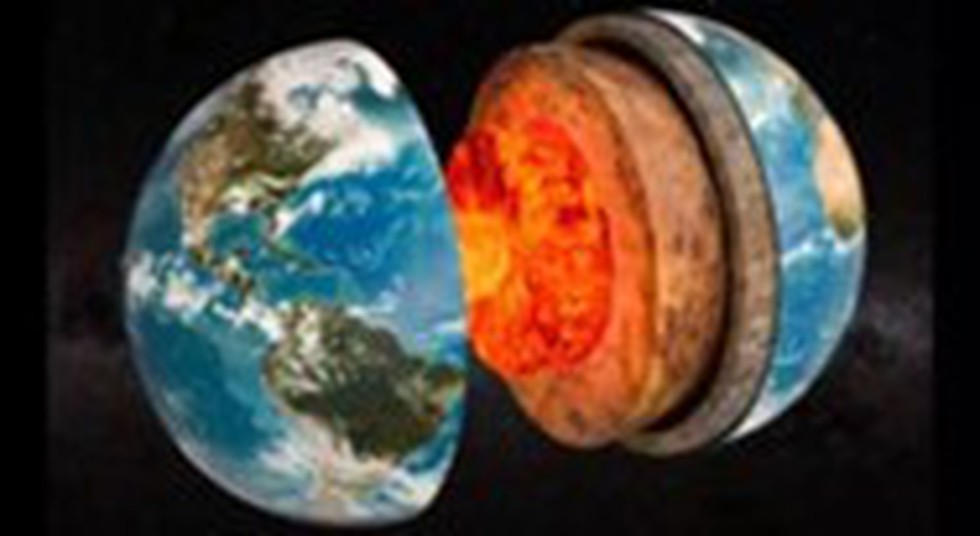
About E prime layer:
- It was believed that a material exchange between the core and mantle is small.
- But the experiments revealed that when water reaches the core-mantle boundary, it reacts with silicon in the core, forming silica.
How did this layer develop?
- This latest research suggests that tectonic plates carrying surface water have transported it deep into the Earth over billions of years.
- Upon reaching the core-mantle boundary about 1,800 miles below the surface, this water initiates significant chemical changes, influencing the core's structure.
- Scientists have observed that subducted water reacts chemically with core materials under high pressure.
- This reaction leads to the formation of a hydrogen-rich, silicon-depleted layer at the outer core, resembling a film-like structure.
- Silica crystals generated by this process ascend and blend into the mantle, impacting the overall composition.
- These modifications in the liquid metallic layer could potentially result in reduced density and altered seismic characteristics, aligning with anomalies detected by seismologists.
Significance
- This discovery enhances researchers' comprehension of Earth's internal mechanisms, indicating a broader and more intricate global water cycle than previously acknowledged.
- The transformed layer in the core holds significant implications for the interconnected geochemical processes linking surface water cycles with the deep metallic core.
2. Chimaeras
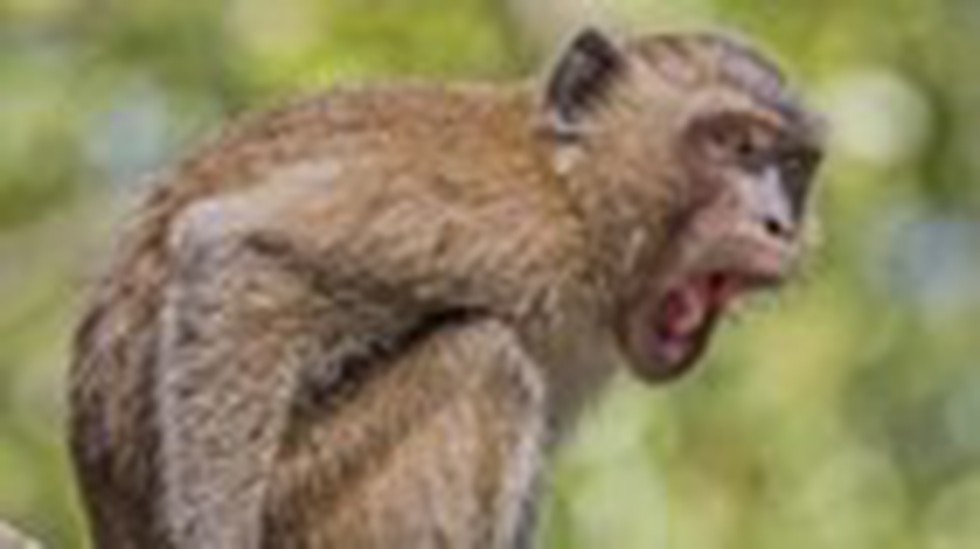
About Chimaeras:
- A genetic chimaera is a single organism composed of cells of more than one distinct genotype (or genetic makeup).
- The animal kingdom has several examples of varying degrees of chimerism.
- The half-sider budgerigar, a type of common parakeet widely adopted as pets, has different colours on either side of its body due to chimerism.
- Anglerfish: The male fish fuses with and is eventually absorbed into the female fish, mixing their genetic makeups into a single animal.
- Marine sponges are known to have up to four distinct genotypes in a single organism.
- Natural chimaeras among humans
- They occur when the genetic material in one cell changes and gives rise to a clonal population of cells different from all the other cells.
- The fusion of two fertilised zygotes early in the embryonic stage can also lead to a condition in which two genetic makeups coexist in a single individual.
- Chimerism can also result from twin or multiple pregnancies evolving into a single foetus or a twin foetus being absorbed into a singleton.
3. Technology Development Board

About the Technology Development Board:
- It is a statutory body constituted under the Technology Development Board Act, 1995.
- It aims to promote the development and commercialization of indigenous technology and the adaptation of imported technology for wider application.
- The board consists of 11 Board members.
- It provides equity capital or loans to industrial concerns and financial assistance to research and development institutions.
- The Fund has been receiving grants from the Government of India out of the cess collections from the industrial concerns under the provisions of the Research and Development Cess Act, 1986, as amended in 1995.
Key Facts about Small Industries Development Bank of India (SIDBI)
- It was established under an Act of Parliament in 1990.
- It is the Principal Financial Institution engaged in the promotion, financing & development of the Micro, Small and Medium Enterprises (MSMEs) sector and the coordination of the functions of the various institutions engaged in similar activities.
- Objective: To offer loans (both direct and indirect) to MSMEs to help in addressing the development and financial gaps in the ecosystem of MSMEs.
- It helps MSMEs in acquiring the funds they require to grow the market, develop and commercialize their technologies and innovative products.
- It was made responsible for administering the Small Industries Development Fund and National Equity Fund.
4. Nitrogen-9 nucleus

About Nitrogen-9 nucleus:
- It is characterised by seven protons and two neutrons – which is an unusually high proton-to-neutron ratio.
- This disparity has a critical effect on the isotope’s stability, influencing its decay processes as well as overall behaviour.
- For one, the high proton content places nitrogen-9 atoms beyond the conventional stability thresholds.
- Most nitrogen comes as the isotope nitrogen-14, with seven protons and seven neutrons. But physicists say they have glimpsed a far more elusive variant with just two neutrons.
What are Isotopes?
- These are atoms of a given element that vary only in the number of neutrons. This difference sets apart one isotope from another.
- Many isotopes are also unstable, especially those whose atoms have too few neutrons for the number of protons.
- Unstable isotopes are short-lived, and often decay by releasing some energy to achieve a more stable configuration.
What are nuclides?
- It is an analogous table for atomic nuclei characterised by a unique combination of protons and neutrons.
- A table or chart of nuclides is a two-dimensional graph of isotopes of the elements.
- One axis shows the number of neutrons (N) and the other shows the number of protons (Z) in each atomic nucleus.
- Each point on the graph denotes a nuclide.
5. Project Collaboration Agreement
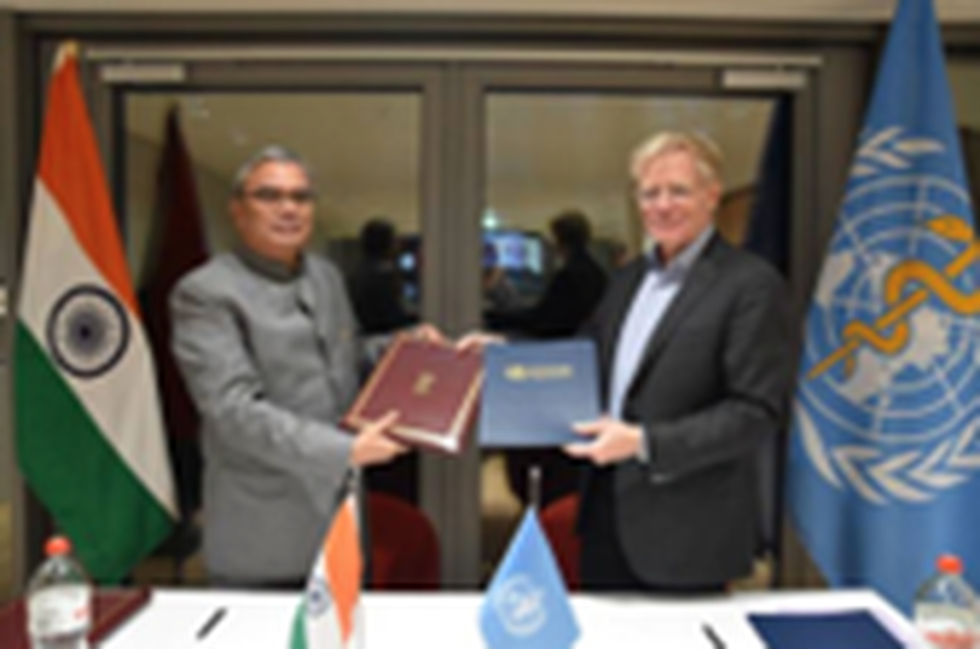
About Project Collaboration Agreement:
- It aims to bridge Traditional and Complementary Medical Systems with the mainstream of the National Health System, a key initiative outlined in the Traditional Medicine Global Strategy 2025-34 to be prepared by the WHO with the support of the Ministry of Ayush.
- Objective: To standardize Traditional and Complementary Medical Systems, incorporating their quality and safety aspects into the National Health System, and disseminating these practices on an international scale.
- This strategy will play a crucial role in achieving the objective of elevating Traditional and Complementary Medical Systems within the national health framework.
- The major goal of this agreement is the strengthening of training and practice in the field of the Complementary Medicine System, specifically 'Siddha.'
- Additionally, the formulation of guidelines for the listing of Traditional and Complementary Medicines, safety protocols, and related efforts are outlined.
- The Ministry, in collaboration with the WHO, will also develop an International Herbal Pharmacopoeia focusing on herbs found in South-East Asia.
- This marks the third collaboration between the Ministry of Ayush and the WHO, with previous agreements signed in 2016 and 2017 focusing on taking Traditional Medical systems like Yoga, Ayurveda, Unani, and Panchakarma to the global level and strengthening the Ayurveda, Unani, and Siddha medical systems,
6. Anticipatory Bail
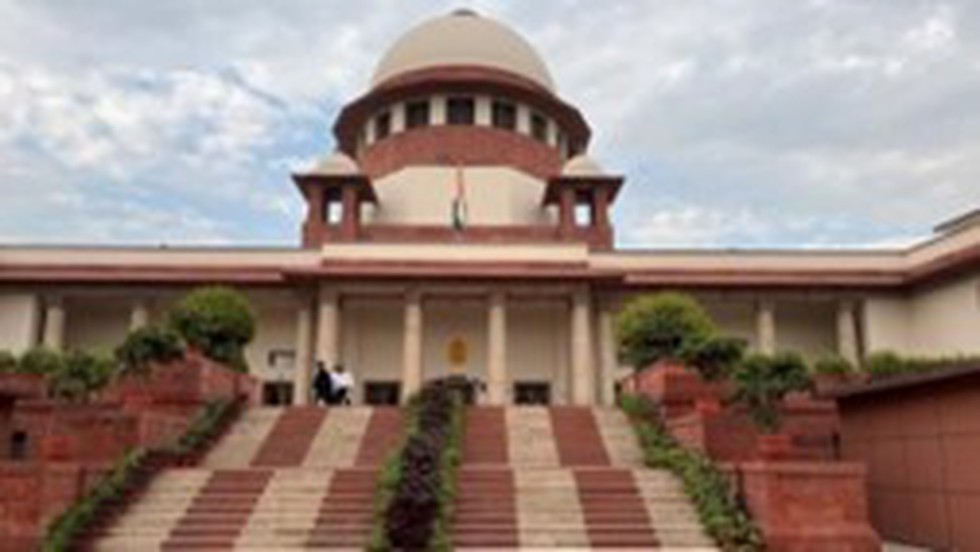
What is a Bail?
- Bail is a judicial release of an accused person from custody on the condition that the accused person will appear in court at a later date.
- Sections 436 to 439 of the Criminal Procedure Code deal with the concept of Bail.
- Under the CrPC, bail can be granted to an accused person either by a police officer or by a judicial magistrate.
What is Anticipatory Bail?
- It is the bail granted to a person in anticipation and apprehending arrest.
- Under Section 438 of CrPC, any individual who discerns that he may be tried for a non-bailable offence can apply for anticipatory bail.
- The application shall be made to the High Court or Sessions Court, where the crime is alleged to be committed.
- Anticipatory Bail is bail before the arrest, and the police can't arrest an individual if the Court has granted anticipatory Bail.
- It is meant to be a safeguard for a person who has false accusations or charges made against him/her, most commonly due to professional or personal enmity, as it ensures the release of the falsely accused person even before he/she is arrested.
About Transit Anticipatory Bail:
- A transit anticipatory bail is sought when a case against a person has been or is likely to be filed in a state different from the one in which the person is likely to be arrested.
- The purpose of transit bail is to allow the person bail, so they can approach the appropriate court in the state in which the case has been filed for anticipatory bail.
- In the absence of transit anticipatory bail, the result would be that another state’s police could arrest a person from their home state without them having the opportunity to apply for anticipatory bail at all.
- The procedure to be followed in transit anticipatory bail is exactly the same as any other anticipatory bail application.
- The concept of transit anticipatory bail is not codified in Indian law but has found its identity through judicial practice and legal precedents.
7. Narmada River
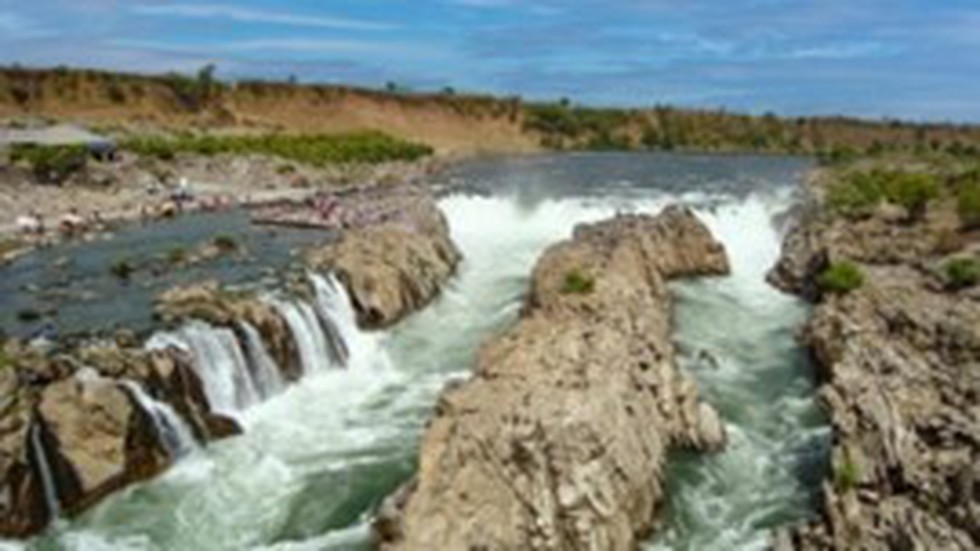
About Narmada River:
- It is the largest west-flowing river in peninsular India.
- Origin: The origin of the river is a tiny reservoir named Narmada Kund, which is situated on the Amarkantak Hill in the Anuppur District of East Madhya Pradesh at an elevation of 1,057 m (3,467.8 ft).
- Course: The river flows through Madhya Pradesh, Maharashtra, and Gujarat between Vindhya and Satpura hill ranges before falling into the Gulf of Cambay in the Arabian Sea about 10 km north of Bharuch, Gujarat.
- Length: The total length of the river from source to sea is 1312 kilometres (815 miles).
- It is one of the rivers that flow in a rift valley and acts as a divider between North India and South India.
- The river has numerous waterfalls, notably the Dhuandhar Falls, southwest of Jabalpur.
- Tributaries:
- The Narmada has several tributaries, with the most significant ones being the Tawa, Barna, Hiran, and Orsang rivers.
- The Tawa River is the longest tributary of the Narmada River. It joins the Narmada River at Bandra Bhan in Hoshangabad district, Madhya Pradesh.
8. Epidermis
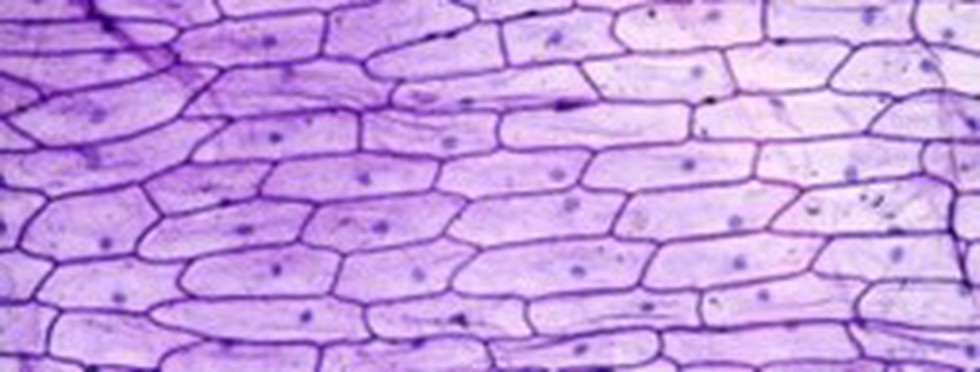
About Epidermis:
- It is the outermost layer of the skin and protects the body from the environment.
- The thickness of the epidermis varies in different types of skin; it is only .05 mm thick on the eyelids and 1.5 mm thick on the palms and the soles of the feet.
- The epidermis layer itself is made up of five sublayers that work together to continually rebuild the surface of the skin:
- The various cells present in the epidermis are Keratinocytes, Melanocytes, Langerhans cells, and Merkel cells.
- Keratinocytes:
- They are the most common type of cell in the epidermis and are responsible for the synthesis of the protein keratin.
- These cells exist in progressive stages of differentiation from the deepest to the superficial layers of cells.
- Moreover, keratinocytes originate from the basal layer, which is the deepest layer of the epidermis, and gradually move up to the outside layer of the epidermis.
- Here, keratinocytes are shed from the skin and replaced by new maturing cells.
- Melanocytes:
- They are another type of cell in the epidermis that is present throughout the basal layer.
- These cells are responsible for the production of melanin, which contributes to the colour of the skin of an individual.
- Melanin also helps to protect the body from ultraviolet (UV) radiation present in sunlight which can damage the DNA of the skin cells.
- Langerhans cells:
- Langerhans cells produced in the bone marrow are also present in the epidermis and work to detect foreign substances and infections as part of the immune system of the skin.
- These cells are also thought to be involved in the development of skin allergies.
- Merkel cells:
- Merkel cells originate from neural crest cells and are responsible for the perception of gentle touch.
- These cells are present in the epidermis in specific areas of the skin, such as the nail beds and genitalia.
What is Dermis?
- It is located beneath the epidermis and is the thickest of the three layers of the skin (1.5 to 4 mm thick), making up approximately 90 per cent of the thickness of the skin.
- The main functions of the dermis are to regulate temperature and to supply the epidermis with nutrient-saturated blood.
- Much of the body's water supply is stored within the dermis. This layer contains most of the skin's specialized cells and structures.
9. International Organisation for Migration (IOM)
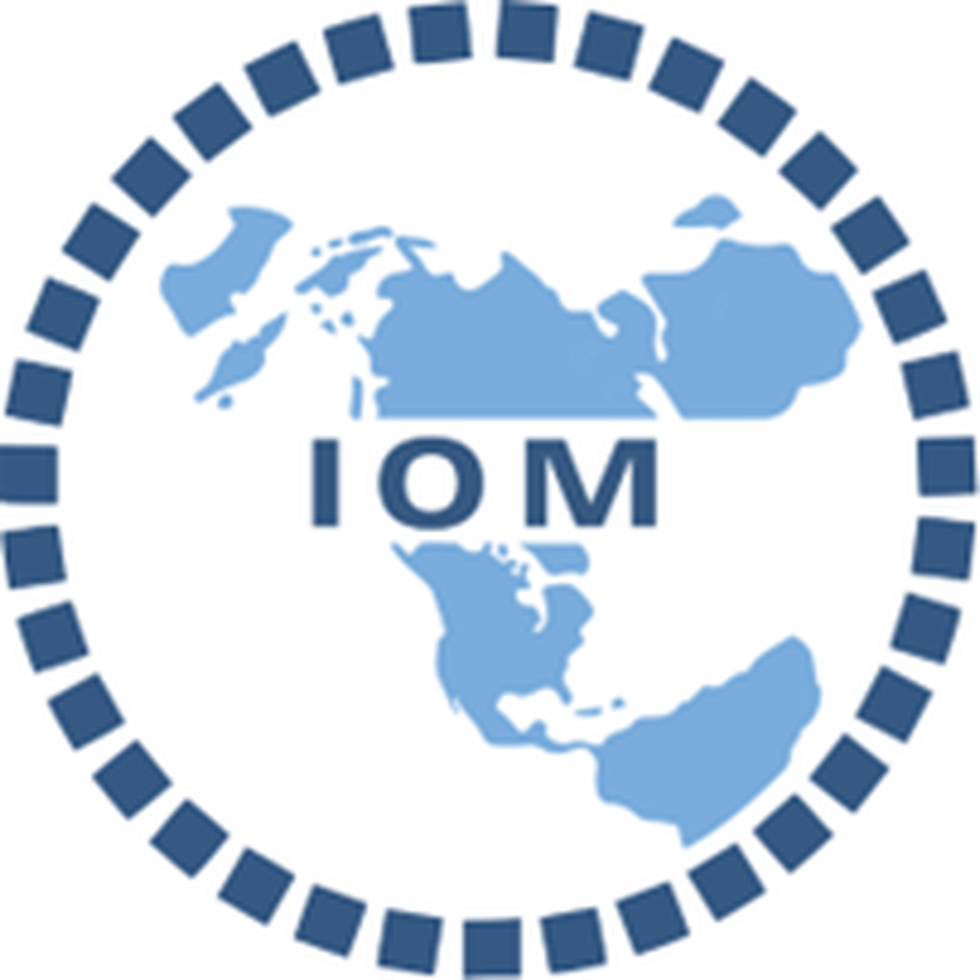
About the International Organisation for Migration (IOM):
- Established in 1951, IOM is the leading inter-governmental organization in the field of migration.
- The IOM defines the term migrant as: “a person who moves away from his or her place of usual residence, whether within a country or across an international border, temporarily or permanently, and for a variety of reasons.”
- It offers, at the request of States, its support to migrants but also to internally displaced persons, refugees and other uprooted people in the four broad areas of migration and development, facilitating migration, regulating migration and addressing forced migration.
- IOM works to ensure
- the orderly and humane management of migration
- to promote international cooperation on migration issues
- to assist in the search for practical solutions to the challenges of migration
- to provide humanitarian assistance to migrants in need, including refugees and internally displaced people.
- In 2016, IOM entered into an agreement with the United Nations, becoming a related organization.
- IOM serves as coordinator of the United Nations network on migration, established by the Secretary-General in 2018.
- IOM is the UN agency in charge of labour mobility and migration in general.
- It currently has 172 member states and 8 states holding observer status. India is a member of IOM.
- Its headquarters are located in Geneva, Switzerland.
10. International Film Festival of India (IFFI)
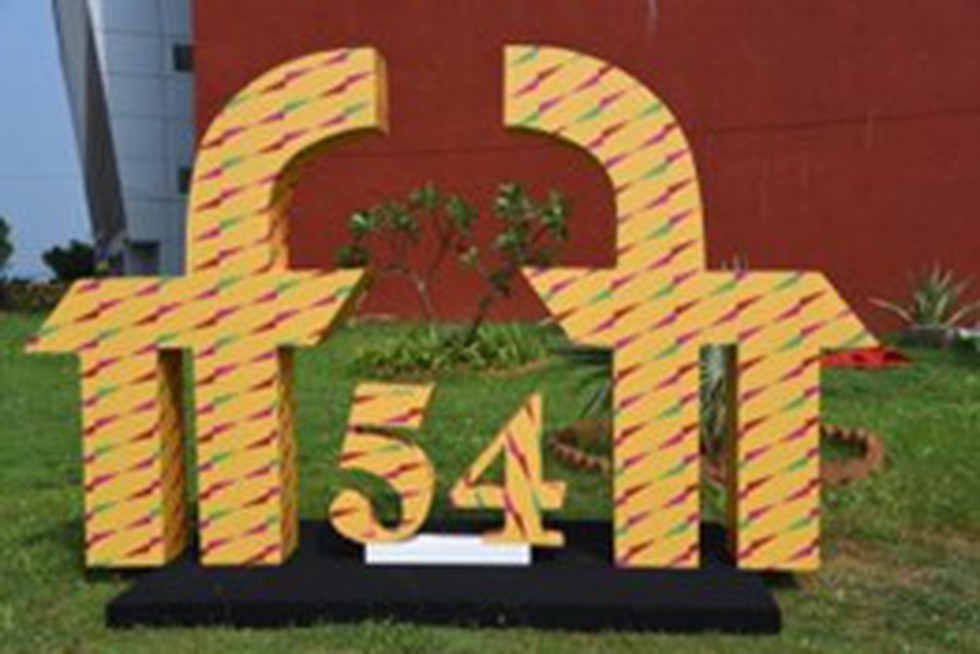
About the International Film Festival of India (IFFI):
- It was founded in 1952 under the patronage of the first Indian Prime Minister, Jawaharlal Nehru, and was organized by the Films Division, Government of India.
- The first edition of the event was held in Mumbai, which in the subsequent years moved to Calcutta, Delhi, Madras, and Trivandrum.
- Since its third edition, the event has become competitive.
- IFFI was moved to Goa permanently in 2004, and since then it has become a competitive and annual event. Since then, the Government of Goa and the Ministry of Information and Broadcasting jointly conduct this festival.
- It is the only film festival in South Asia that is accredited by the International Federation of Film Producers and Associations (FIAPF).
- The IFFI aims to provide a common platform for the cinemas of the world to project the excellence of film art, contributing to the understanding and appreciation of the film cultures of different nations in the context of their social and cultural ethos, and promoting friendship and cooperation among people around the world.
- It also inspires and encourages Indian cinema to stand on par with international ones and showcase its potential.
International Federation of Film Producers and Associations (FIAPF):
- It is an international organisation representing film producers across the world.
- With 37 producer organisations, across 30 countries on five continents, FIAPF is dedicated to the defence and promotion of the legal, economic, and creative interests of film producers throughout the world.
- FIAPF is an advocate for producers and helps formulate policies and coordinate political action in many key areas of the industry.


























































































































































.png)
.png)
.png)
.png)
.png)


.png)
.png)
.png)





.png)
.png)






.png)
.png)
.png)
.png)
.png)
.png)
.png)
.png)
.png)

.png)







.png)
.png)


.png)
.png)
.png)


.png)

.png)
.png)





.jpg)

.png)
.png)


.png)

.png)
.png)
.png)

.jpg)

.jpg)


.png)

.png)
.png)
.png)
.png)
.png)
.png)
.png)
.png)
.png)
.png)




.png)

.png)





.png)
.png)
.png)
.png)
.png)
.png)
.png)
.png)
.png)
.png)
.jpg)
.jpg)

.png)
.png)
.png)
.png)
.png)
.png)
.png)
.png)
.png)
.png)
.png)
.png)
.png)
.png)
.png)
.png)
.png)
.png)
.png)
.png)
.png)
.png)



.png)
.png)

.jpg)
.jpg)


.jpg)
.jpg)
.jpg)
.jpg)
.jpg)

.jpg)








.jpg)
.jpg)
.jpg)
.jpg)
.jpg)

















.jpg)
.jpg)







.jpg)


















.jpg)
.jpg)






























































































.jpg)
.jpg)


























.jpg)

.jpg)










.jpg)








.jpg)




.jpg)










.jpg)


















.jpg)












































.jpg)














.jpg)
.jpg)
.jpg)





.jpg)

.jpg)
.jpg)





































































.jpg)


































.jpg)
.jpg)
















































.jpg)












.jpg)


.jpg)




.jpg)
.jpg)
.jpg)

.jpg)
.jpg)
.jpg)
.jpg)

.jpg)
.jpg)
.jpg)

.jpg)
.jpg)
.jpg)
.jpg)
.jpg)
.jpg)
.jpg)
.jpg)

.jpg)


.jpg)
.jpg)
.jpg)
.jpg)
.jpg)
.jpg)
.jpg)
.jpg)
.jpg)
.jpg)











.jpg)
.jpg)





.jpg)
.jpg)
.jpg)
























.jpg)
























.jpg)









.jpg)
.jpg)







.jpg)
.jpg)









































.jpg)
.jpg)
.jpg)
.jpg)
.jpg)

.jpg)
.jpg)
.jpg)
.jpg)
.jpg)


.jpg)
.jpg)
.jpg)
.jpg)
.jpg)

.jpg)
.jpg)
.jpg)
.jpg)
.jpg)
.jpg)
.jpg)
.jpg)
.jpg)
.jpg)
.png)

.png)
.png)

.png)
.png)
.png)
.png)


.jpg)
.jpg)

.jpg)
.jpg)
.jpg)

.png)
.png)
.png)
.png)
.png)
.png)
.png)

.png)
.png)
.png)
.png)
.png)
.png)
.png)
.png)
.png)
.png)





































































-min.png)



.png)




.png)








































